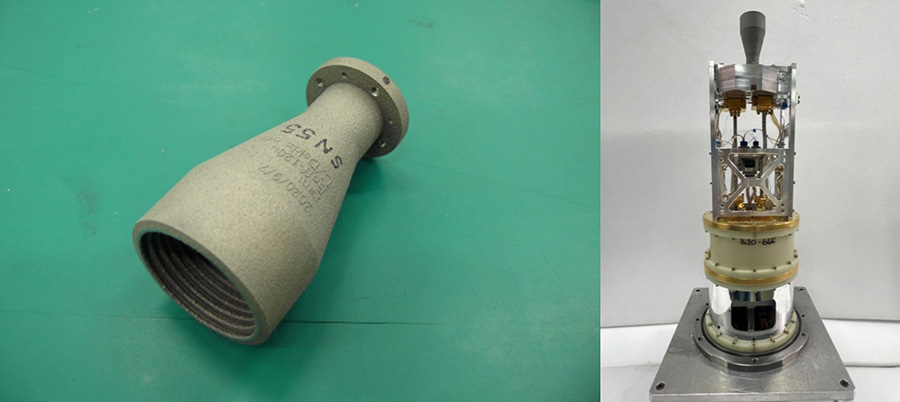降雨の過去、現在、未来を理解するためには、一滴一滴に含まれる重水素をより深く理解する必要があります To understand the past, present and future of rainfall, we need a better understanding of the deuterium in every drop
2022-10-25 マサチューセッツ大学アマースト校
重水素は比較的希少で、降雨量の経時変化や蒸発量、気候の季節変化の把握に利用されています。酸素も同様で、一般的な軽元素と希少な重元素がある。
重水素と重水素の比率が高くなる「重水素過剰」は、気候や水文学のモデル化、過去の気候を再現して雨粒の歴史を理解するために広く使われているフィンガープリントである。しかし、重水素が過剰になる過程は完全には解明されていない。
論文は、降雨中の重水素過剰の季節変化を世界中で調べた最初のもので、何が地域スケールでこれらの化学トレーサーに影響を与えるかをよりよく理解することができる。
<関連情報>
- https://www.umass.edu/news/article/tracking-raindrops-one-molecule-time
- https://agupubs.onlinelibrary.wiley.com/doi/10.1029/2021GB007245
非極性降水における重水素過剰の季節性 The Seasonality of Deuterium Excess in Non-Polar Precipitation
Zhengyu Xia,Jeffrey M. Welker,Matthew J. Winnick
Global Biogeochemical Cycles Published: 05 October 2022
DOI:https://doi.org/10.1029/2021GB007245

Abstract
The deuterium excess (d-excess) of precipitation varies seasonally at sites across the globe, an observation that has often been linked to seasonal changes in oceanic evaporation conditions, continental moisture recycling, and subcloud raindrop re-evaporation. However, there have been very few studies to quantify and evaluate the relative importance of these processes. Here, we revisit the mechanisms of precipitation d-excess seasonality in low-latitudes and mid-latitudes through a new analysis of precipitation isotope databases along with climate reanalysis products and moisture tracking models. In low-latitudes, the raindrop re-evaporation effect, indicated by local relative humidity, exerts a strong and prevalent control on observed d-excess seasonality and overprints the effect of oceanic evaporation conditions. In mid-latitudes, the effect of oceanic evaporation conditions becomes stronger and seems dominant in the observed d-excess seasonality. However, the ultimate d-excess signals are produced after complex modulations by several reinforcing or competing processes, including prior distillations, moisture recycling, supersaturation in snow formation, and raindrop re-evaporation. Among these processes, substantial increases in the proportion of recycled moisture during the warm and dry season do not produce higher precipitation d-excess in mid-latitude continental interiors. We develop a simple seasonal water storage model to show that contributions of previously evaporated residual water storage and higher transpiration fractions may lead to relatively low d-excess in evapotranspiration fluxes during periods of enhanced continental moisture recycling. This study underscores the ubiquitous nonconservative behavior in d-excess throughout the water cycle, as opposed to using d-excess as a simple tracer for remote conditions at oceanic moisture sources.
Key Points
- Deuterium excess in precipitation is affected by multiple processes in the water cycle and an interpretative framework is needed
- Oceanic evaporation and raindrop re-evaporation effects dominate deuterium excess seasonality in mid-latitudes and low-latitudes, respectively
- Seasonal shifts in moisture recycling weakly affect deuterium excess due to terrestrial water storage and evapotranspiration partitioning



